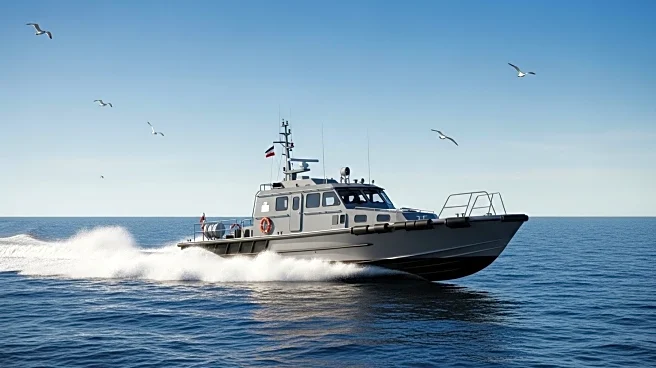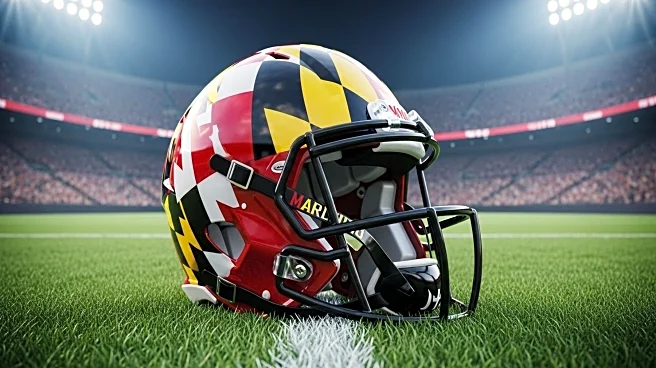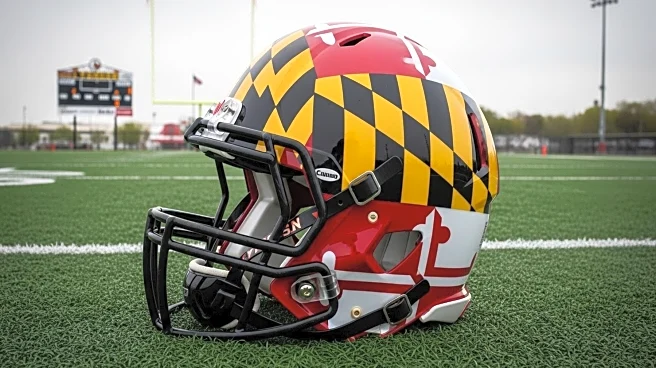What's Happening?
The Association of Maryland Pilots has recently acquired its fifth Chesapeake Class launch from Gladding-Hearn Shipbuilding, Duclos Corporation. This acquisition is part of a long-standing relationship that began in 2002. The new vessel, designed by Ray Hunt Design, features a deep-V hull and is constructed entirely of aluminum. It measures 52.6 feet in length, with a beam of 16.8 feet and a draft of 4.8 feet. The launch is powered by twin Volvo Penta D16 diesel engines, each producing 750 Bhp, allowing the vessel to reach speeds exceeding 27 knots. The vessel is equipped with advanced technology, including a Humphree interceptor trim control system for automatic trim optimization, and a Northern Lights 12 kW genset. The wheelhouse is designed for comfort and safety, featuring shock-mitigating seats, heated windows, and a comprehensive safety rail system.
Why It's Important?
The delivery of this high-speed launch is significant for the Maryland Pilots as it enhances their operational capabilities and safety measures. The vessel's advanced design and technology ensure efficient and safe navigation, which is crucial for pilot operations in the Chesapeake Bay area. The investment in such state-of-the-art equipment reflects the commitment to maintaining high standards in maritime pilotage, which is vital for the safety of commercial shipping and environmental protection in the region. The new launch also represents a balance between maintaining fleet uniformity and integrating modern advancements, ensuring that the pilots can operate seamlessly across different vessels.
What's Next?
The Maryland Pilots will likely continue to evaluate and upgrade their fleet to incorporate the latest technological advancements and safety features. This ongoing modernization effort is expected to enhance their operational efficiency and safety standards further. Additionally, the successful integration of this new launch may set a precedent for future acquisitions, encouraging other pilot associations to adopt similar technologies. Stakeholders in the maritime industry, including shipping companies and environmental groups, will be watching closely to see how these advancements impact pilotage operations and safety in the Chesapeake Bay.













